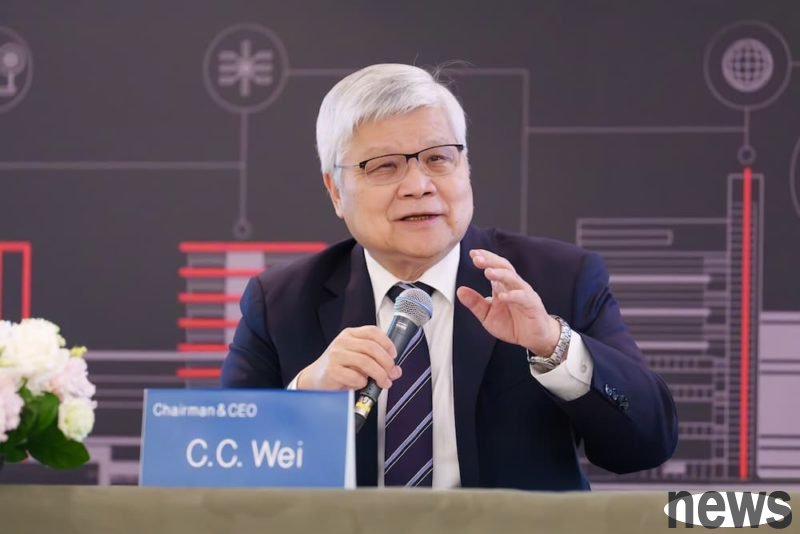
Foreign media reported that TSMC, the leading wafer foundry, which is about to hold its third quarter 2025 conference on October 16, is expected to have a record third quarter financial performance due to the surge in demand for AI chips from customers such as NVIDIA (NVIDIA), Advanced Micro Devices (AMD) and Apple (Apple).
According to the latest market forecasts, TSMC expects third-quarter net profit to reach a record-breaking NT$415.4 billion (approximately US$13.6 billion), a 28% surge from the same period in 2024. In addition, the expected net profit figure has also significantly exceeded the threshold of NT$398.3 billion (approximately US$13 billion). This will not only establish a new record for single-quarter profits, but also continue TSMC's seven consecutive quarters of growth.
TSMC’s outstanding operational performance is mainly due to the rising market demand for high-performance computing, allowing it to fully capitalize on this wave. Looking forward, TSMC's full-year revenue growth is expected to reach 30% to 35% due to continued investment in AI infrastructure by hyperscale cloud service providers and equipment manufacturers.
IDC Group Vice President Mario Morales said that TSMC’s structural advantages, leading IC design players like NVIDIA and AMD, are completely dependent on TSMC’s facilities for the production of advanced nodes. This ensures that TSMC can continue to maintain superior performance relative to its competitors.
In addition, TSMC’s market dominance is reflected in its status as Asia’s most valuable listed company, with a market capitalization of US$1.22 trillion, three times that of rival Samsung Electronics Co. Ltd. Despite pressure from trading posts and global economic headwinds, investor confidence has not waned. TSMC shares have risen more than 40% so far in 2025 thanks to the AI craze, a performance that played a key role in driving Taiwan's weighted index up 16.9% over the same period.
Although TSMC’s performance is still optimistic by the market, external variables still exist, especially U.S. President Trump’s tariff policy. Although semiconductors are still exempt, the 20% tariff on Taiwan’s exports to the United States will still have an impact, which may cause a market recession and affect TSMC’s performance. In addition, U.S. Commerce Secretary Howard Lutnick has previously advocated a balanced production allocation, urging Taiwanese companies to allocate 50% of wafer production between Taiwan and the United States. However, this proposal was firmly rejected by the Taiwanese authorities.
In recent years, TSMC has committed $165 billion to build a wafer fab in Arizona, USA. This strategic diversification measure aims to mitigate risks posed by regional tensions while strengthening its presence in North America. The move demonstrates the intersection of technological leadership and macroeconomic headwinds, but infrastructure needs appear to remain dominant for the AI market.
Currently investors are waiting for TSMC’s official financial report to be released on the 16th, and the company will issue a financial forecast for the fourth quarter to explain issues such as the impact of tariffs and production capacity improvements. The market expects that this information will further shape the future development trend of the semiconductor industry.
